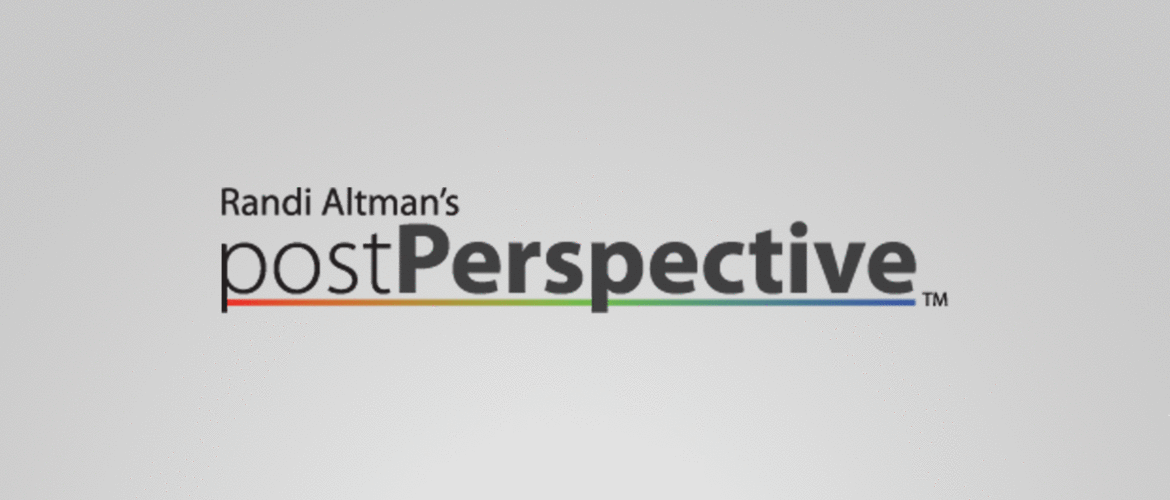
Greg Dolan has seen tremendous change in the industry during his career. After a tenure at New York City’s Post Perfect, where he was CIO, Dolan switched to the vendor side of the industry, bringing his hands-on post house expertise to a facility management company. After a number of successful years and product rollout, he moved to Xytech, where he is now COO. Xytech offers facility management software for scheduling all resources, managing all operations and tracking all assets, while providing reporting and accounting tools.
MediaPulse offers over 35 modules to manage the complicated tasks that facilities deal with daily. This past year, Xytech added interoperability, transmission and mobility, and a broadcast services division.
We recently reached out to Dolan to talk about the need and evolution of facility management tools.
What are some of the most frequently asked questions you get from customers?
Every client wants to know how their unique business workflows are managed in a commercially available product. It’s an incredibly fair point, and skepticism is warranted. Lots of companies have made lots of promises, not always with the best results. Every client has a unique mixture of workflows, integration needs and accounting treatments, however at a granular level, many requirements are seen throughout the industry. Our continued investment in MediaPulse ensures we stay current with these requirements, and the design of MediaPulse allows us to configure to exactly the client’s needs. This takes discipline and more importantly total commitment. Surprises always occur and the real test of a company and its people is in the response to these surprises.
What are some questions customers should be asking when it comes to facility management software that they often don’t?
My father was fond of saying, “They put erasers on pencils for a reason.” As vendors, we are all very happy to give “happy talk” as though our clients can’t see straight through the marketing haze. I wish more clients asked us to talk about our biggest challenges — times where we made mistakes — and then engaged us in conversation around how it was remedied. On a more concrete front, questioning a vendor about the technical architecture of their products and getting a list of previous years’ new features is essential. Success demands technical acuity from vendors and these types of questions really separate the wheat from the chaff.
Can you talk about the most important benefits of facility management tools for today’s facilities?
Facilities are challenged more than ever to get more done in narrower and narrower windows. There simply isn’t any room for inefficacies, and individual departments can’t operate as a silo. Facility management systems tie all the disparate operations, automate workflows and seamlessly exchange metadata with all systems in the facility. This eliminates redundancy and allows staff to manage by exception, with most activities automated.
What are some misconceptions about facility management tools?
These are not just scheduling systems. In fact, the idea of a standalone scheduling system having any relevance today is wildly anachronistic. Certainly, you still must schedule people and equipment to be in a place to do a thing, but this is a subset of the larger vision. To move the needle — all operations with their associated accounting and automation needs should be included in the system portfolio. Media manufacturing automation, federated asset and metadata management and transmission management are vital to the overall operational picture regardless of a facility’s size.
It’s obvious that bigger facilities could benefit from facility management tools, but can you tell the smaller studios why it’s important as well?
We think it’s more important for smaller facilities as there is a lower margin of error. For a modest investment, smaller facilities get a vital holistic view of all operations while having their billing and accounting totally automated. Facility management systems make sure all staff members are engaged in moving the business forward instead of burning unrecoverable hours fixing mistakes. Time is a key restriction for all of us. We find time where none exists.
How has this type of software evolved over the years, and how do you see it evolving again in the future?
Let me be very clear — it’s essential for clients to ensure their vendor understands the concept of the question. The game is incredibly different now and the tools of the past are woefully unprepared for today’s marketplace. To quote Lincoln, “The dogmas of the quiet past are inadequate to the stormy present.”
The simple answer is interoperability. It is a critical requirement for today’s systems. A lot of noise is made around interoperability, but it doesn’t take too long to separate point-to-point integrations from truly modern architectures. As for the future, I don’t have a crystal ball, but I do know we are committed to delivering technology capable of evolving and quickly responding to the changes. You simply must have the entire organization on a constant change footing.
Contact Xytech: +1.818.698.4900 (US) or +44 203.478.1450 (UK).
Reprinted/published with the permission of PostPerspective, Feburary 2017
Published on www.postperspective.com

